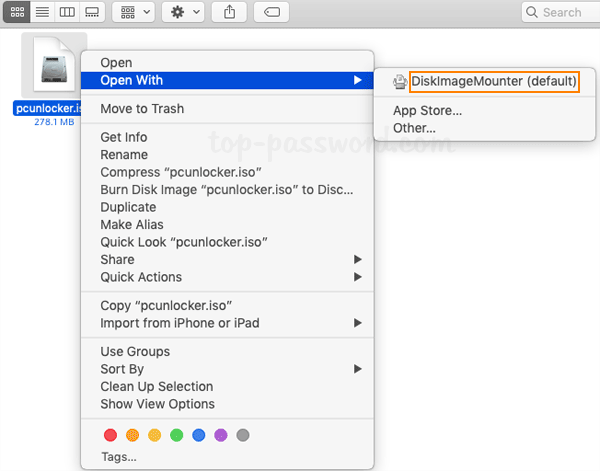If you prefer, you can use keyboard shortcuts instead of choosing menu commands to perform tasks on your Mac. To do so, you press down your keyboard’s Shift, Control, Option, and Command keys while pressing another key. Memorizing these popular Mac shortcuts save even more time.

Table of Contents Use a keyboard shortcut to apply a text style in Pages on Mac You can assign a shortcut key (F1 to F8 on your keyboard) to a paragraph, character or list style, then use the shortcut key to apply the style to selected text. Note: To use shortcut keys on a Mac, press Fn with the shortcut key. Depending on which keyboard you have, it may be F12 or it may be Eject. Or it may be the power button (some keyboards allow the power button to act as the eject key). If you have one of the Late 2016 Macbook Pro w/Touch Bar models, I have no idea what key you would use, as that Mac does not have F-keys, nor eject. For more information about generating a key on Linux or macOS, see Connect to a server by using SSH on Linux or Mac OS X. Log in with a private key Using a text editor, create a file in which to store your private key. This example uses the file deploymentkey.txt. Use Keyboard shortcuts. You can use your keyboard to quickly perform a variety of tasks in Mac OS X. Keyboard shortcuts are a better option then a mouse, since you wouldn't need to reach for the mouse, when using a computer. These are especially useful if you can't use your mouse or for saving time by not having to dig through menus.
Every program includes dozens of such keystroke shortcuts, but the following table lists the common Mac keystroke shortcuts that work in most programs.
| Command | Keystroke Shortcut |
|---|---|
| Copy | @@cmd+C |
| Cut | @@cmd+X |
| Open | @@cmd+O |
| New | @@cmd+N |
| Paste | @@cmd+V |
| @@cmd+P | |
| Quit | @@cmd+Q |
| Save | @@cmd+S |
| Select All | @@cmd+A |
| Undo | @@cmd+Z |
Many programs display their keystroke shortcuts for different commands directly on their pull-down menus. Instead of describing the modifier keys to press by name (such as Shift), most keystroke shortcuts displayed on menus use cryptic graphics.

For example, if you hold down the Command key and then press the S key, the S key is modified to behave differently. In this case, holding down the Command key followed by the S key (abbreviated as Command+S) tells your Mac to issue its Save command.

Key On Mac Used For Text Document Navigation Downloads
Most shortcuts involve pressing two keys, such as Command+Q (the Quit command), but some shortcuts can involve pressing three or four keys, such as Shift+Command+3, which saves the current screen image as a file.